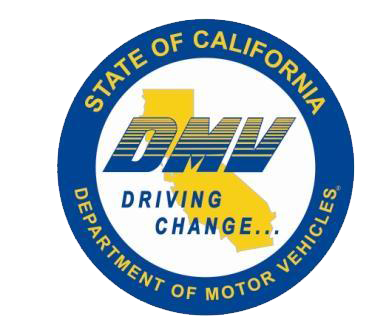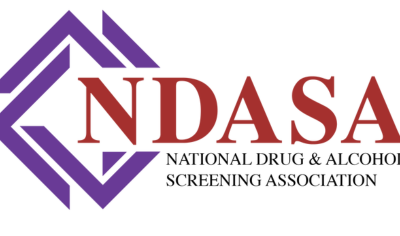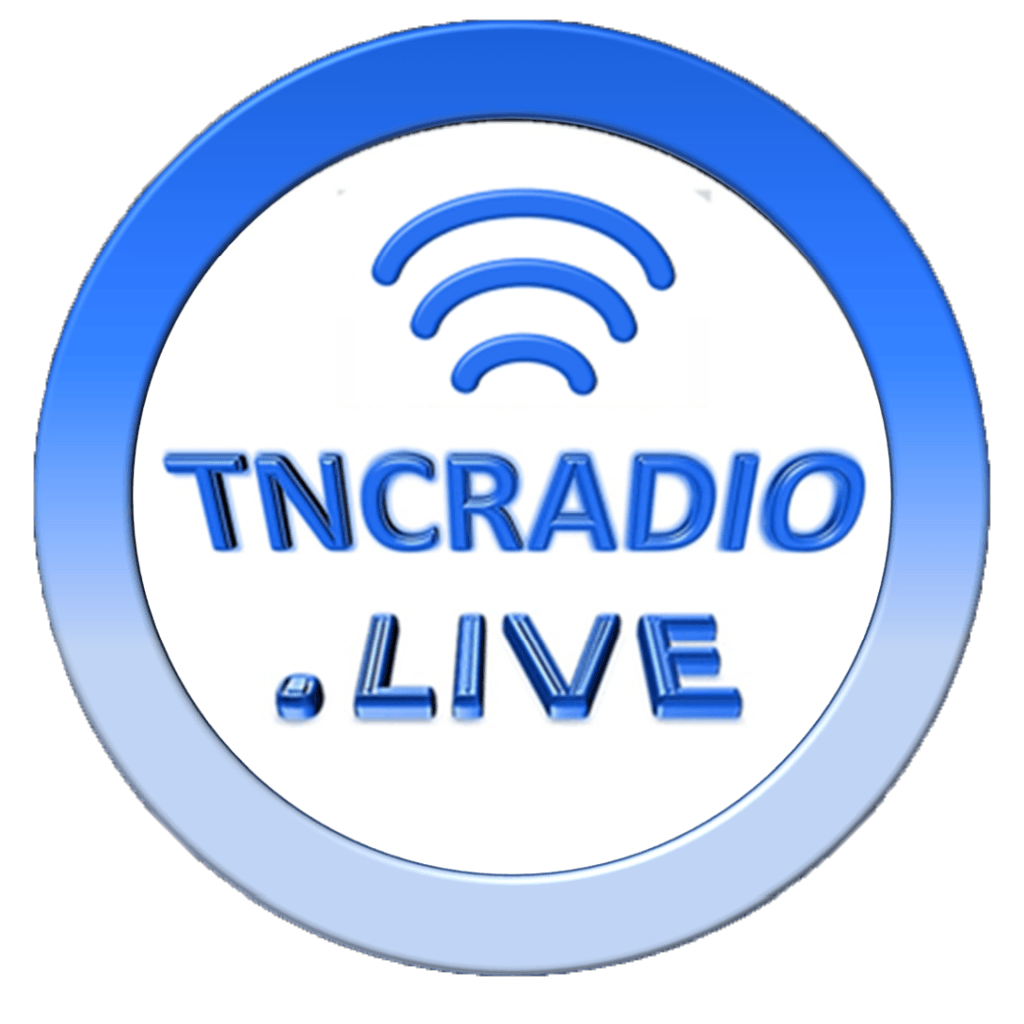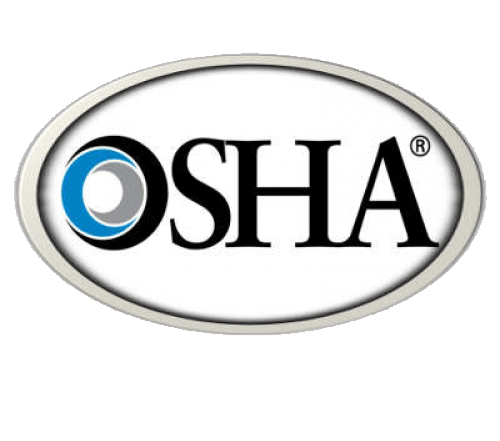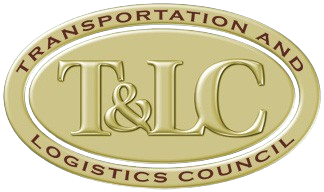Clearinghouse Downgrades Just Seven (7) Months Away.
Over 158,000 drivers are currently in a prohibited status in the Drug and Alcohol Clearinghouse. If these drivers don’t move forward with the return-to-duty process by November 18, 2024, they may find their commercial licenses denied or downgraded.
Out of the 158,330 drivers currently in a prohibited status:
- 76 percent have yet to start the return-to-duty process,
- 9 percent are in process, and
- 15 percent show as eligible to take a return-to-duty test.
A prohibited status is placed on a driver’s Clearinghouse record as the result of DOT drug or alcohol violation under 49 CFR Part 382.
DMV must act on prohibited drivers
State driver’s licensing agencies (SDLAs) have been instructed by the Federal Motor Carrier Safety Administration (FMCSA) to take the following actions:
- Deny commercial driver’s license (CDL) and commercial learner’s permit (CLP) issuance, renewal, upgrade, or transfer for any driver that has an unresolved violation (prohibited status) in the Clearinghouse.
- Downgrade existing CDL and CLP holders while they are in prohibited status in the Clearinghouse.
The SDLA must report the downgrade within 60 days of learning of the status and reinstate privileges after learning that the driver is no longer prohibited. Section 383.73(q) does not dictate administrative processes for the SDLA to reinstate CDL privileges. Motor carriers and drivers should speak with their SDLA to learn how a driver is to provide documentation to reclaim their license.
MVRs help identify prohibited drivers
Knowledge of a prohibited status will no longer be limited to just Commercial Vehicle Safety Alliance (CVSA) inspectors during a roadside inspection. Today, CVSA inspectors can see a driver’s status to determine if a driver should be placed out of service.
The new rule allows all safety enforcement officers to identify prohibited drivers by conducting a license check during a routine traffic stop. This increased visibility will keep drivers from operating commercial vehicles when restricted.
In addition, tying the driver’s CDL or CLP to the Clearinghouse status provides a medium for motor carriers that are not subject to Part 382. These carriers are not eligible for a Clearinghouse account, and don’t currently have a means of detecting a prohibited status.
But a driver with an unresolved testing violation is restricted from the operation of all commercial motor vehicles (CMVs), including non-CDL CMVs. These motor carriers can avoid using a driver in a prohibited status through a motor vehicle record (MVR) or continuous MVR monitoring. Those who manage a carrier’s driver qualifications (DQ) files should be brought into the conversation, since the MVR will show a downgraded CDL.
Key to remember: Drivers who have a Part 382 violation, but do not pursue the return-to-duty process, will soon lose their ability to hold a CDL once SDLAs tie licensing to a driver’s Clearinghouse status.
Content Disclaimer: Due to the constantly changing nature of government regulations, it is impossible to guarantee the total and absolute accuracy of the material contained herein or presented. NorthAmerican Transportation Association (NTA) cannot and does not assume any responsibility for omissions, errors, misprinting or ambiguity contained. NTA shall not be held liable in any degree for any loss, damage or injury caused by any such omission, error, misprinting or ambiguity present. It is made available with the understanding that NTA is not engaged in rendering legal, accounting or other professional service. If legal advice or other expert service is required, the services of such a professional should be sought.



